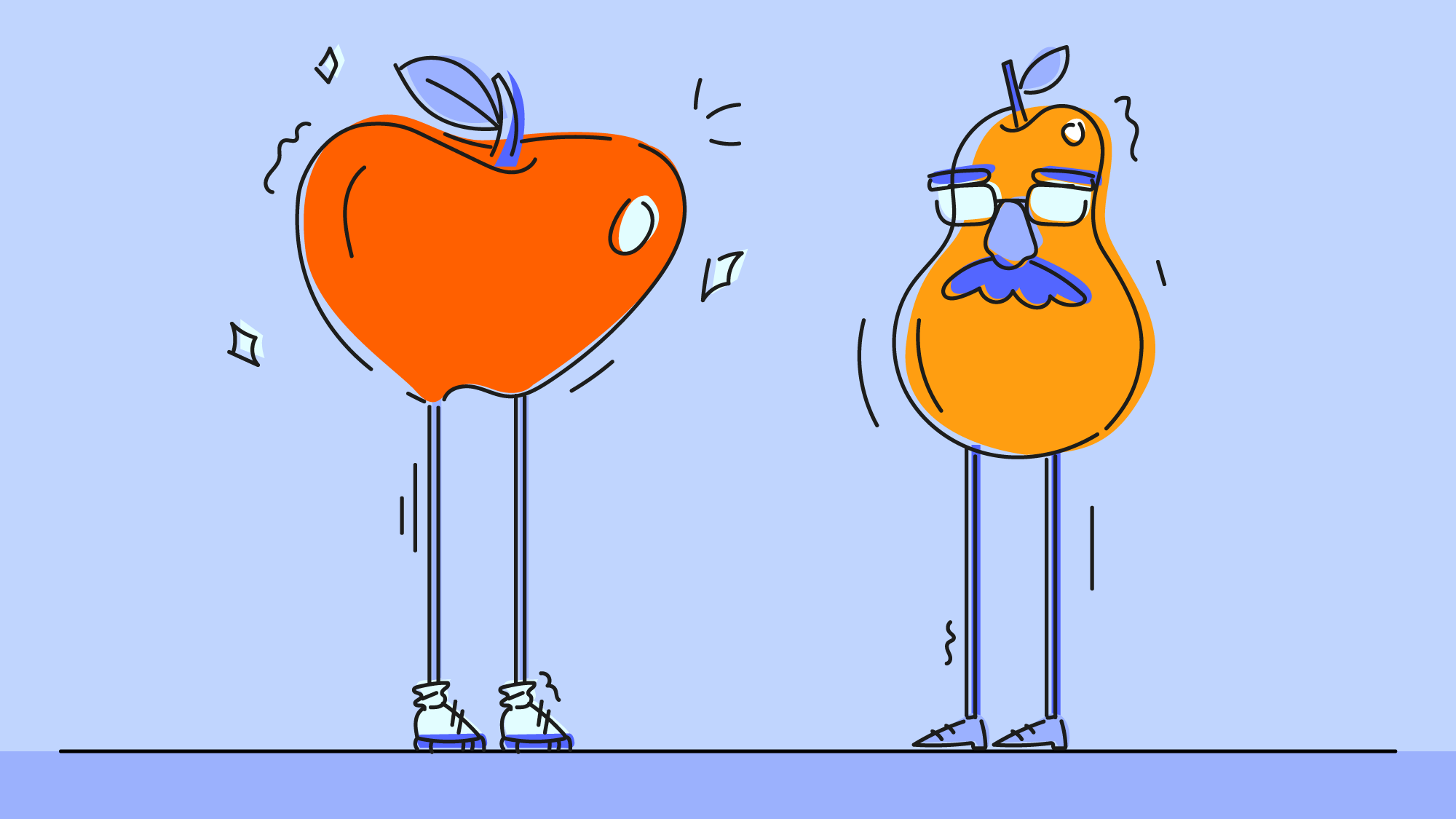Model Models

Suppose you tell your friend to go to the store for you to get an apple, and she comes back with a pear. (I don't know why your friend is going to the store for you, you should probably just go yourself). Getting a pear instead of an apple is obviously wrong, and you can tell her: "I asked for an apple, you brought a pear, something's gone wrong here".
But most things in life are more complicated than this. Suppose you tell your friend to pick out a restaurant for your dinner. (Please stop bossing your friend around like this, it's not ok). You tell your friend the requirements: the place must be quiet, relatively cheap, and not too busy on a Friday.
You show up at the restaurant and it's quiet and not-busy, but $50 per plate. You mention this and she says she wasn't sure what your idea of "cheap" was. So she diverts you to another restaurant that is cheap, but is loud and busy. You mention this, and your friend says that this was because of an unforeseeable special occasion – usually the place is quiet and calm.
Because the dimensions of difference are more complicated than the apples-and-pears case, it's hard to say for any given case that the solution is outright "wrong", that it doesn't fit the requirements given. For any given case it's possible that the friend was using a reasonable selection process but got unlucky; you can't say for sure that something has gone wrong.
The situation approaches an idea from statistics, about how to infer the plausible shape of a distribution based on some random draws from it. Imagine that a farmer tells you the average weight of their apples is 200g, with a standard deviation of 10g. (I don't know where you found a farmer who talks this way, you live in a strange world my friend). The first apple you pick from their barrel weighs 170g; this is unlikely, given what the farmer told you, but not implausible. But when the second apple you pick is 180g, and the third is 190g, and the next two are 180g again, you start to get suspicious.
A frustrating thing is that you can never say for certain that the farmer was wrong – the draw you observed is unlikely to come from the model you were told, but it's not impossible.
Something similar happens with our friend and the restaurants, in a more informal way: at some point it starts to feel unlikely that she understood your specifications, and is choosing restauarants based on them. But it's never impossible!
Of course, I expressed this whole story as asymmetrical – one person with requirements, and another person trying to find examples that meet the requirements – but in real life the situation is (hopefully) more balanced, with both people having requirements, both trying to create a shared model that meets everyone's requirements, and both (occasionally) getting startled when the other person's suggests options seem unlikely-but-not-impossible given the model you think you both have. The problems you try to solve together are also often more abstract, more personal and more emotional. Trying to decide whether and when to disentangle whether or not your models are really aligned is a knotty problem, made knottier by the fact that we don't generally have shared language for any of this.